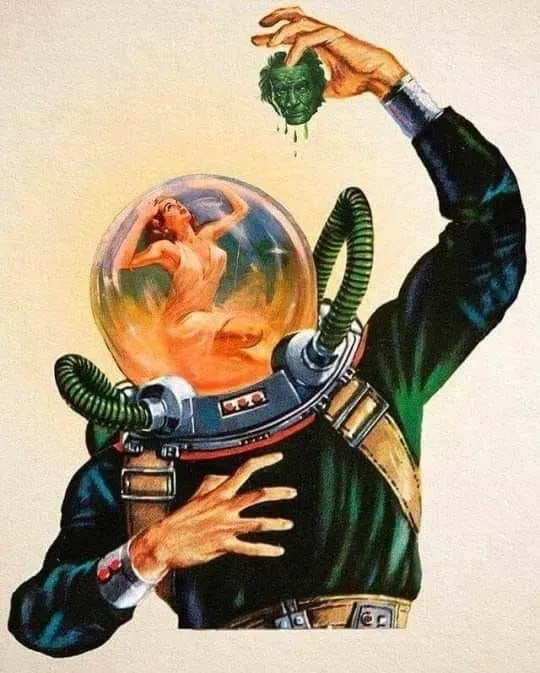
After decades of antibiotic misuse, the era of antibiotics has effectively ended with the spread of multidrug resistant bacteria. Simple cuts and scrapes can again be life threatening, syphilis is rampant, and ear infections can lead to deafness. Ironically, viruses, cancers, and neurodegenerative disorders can now be effectively treated, as long as the patient doesn't get a bacterial infection when the treatment is administered.
The situation on the ground is bad enough, but as the largest healthcare providers on the planet, hospitals and medical centers are particularly tragic examples of the antibiotic meltdown. It's not a matter of scientific sophistication or arcane procedures; it's basic patient care. Without antibiotics, the risk of simple hospital acquired infections (HAIs) is much greater than many people realize, and the danger of permanent disability is greater than ever. This, combined with a growing shortage of physicians and nurses, has created a healthcare delivery crisis.
On the other hand, the shortage of antibiotics could, ironically, bring the human race back to a point before we drove ourselves deep into the antibiotic dark ages. The post-antibiotics era was not won by science. It was won by nature's resistance to bacteria. We have turned largely to penicillin and the other antibiotics of the post-war era, partially through lack of imagination, and partially through overuse. And the antibiotics of today are the result of medical advances, rather than natural ones.
The increase in multi-drug resistant bacteria threatens the well-being of billions of people worldwide. In addition, some of the new drugs approved to combat these superbacteria are significantly more expensive than the old antibiotics, and also create costlier non-medical problems due to the side effects. The answer to this antibiotic imbalance is not using fewer antibiotics, but using our new understanding of antibiotics and their side effects to bring the quality of life to where it was before we invented antibiotics.
The answer will come from nature. We just need to look at nature much closer and much differently than we have in the past.
Not only does nature still have the answer to our medical problems, it provides all the answers to our environmental problems as well. We can't see a forest for the trees and that's all we're trying to do these days: deal with problems by ignoring the context in which they exist. In fact, the problems only exist because of the context and we need to understand that the old ways may be the answer again.
The average human spends a very short time in a place, but the place in which he lives usually remains substantially unchanged from the time he arrives until he leaves. The same is true for the lives we lead. We ask ourselves where we want to go, but rarely do we ask where we are currently standing. You can't know where you're going unless you know where you are right now.
Where are we right now? Right now, we're in the middle of a bacterial apocalypse. But the good news is that the world survived before the advent of antibiotics and we'll probably live long after they become obsolete. It's time to adapt to change and learn again how to treat infections without antibiotics.
As bacteria adapt to new antibiotics, some have developed resistance to everything on the market. Meanwhile, doctors are saying there are no new antibiotics left to develop.
Without new antibiotics, we invariably turn to old drugs in an attempt to fight this epidemic. But the developers of these drugs don't want to develop them.